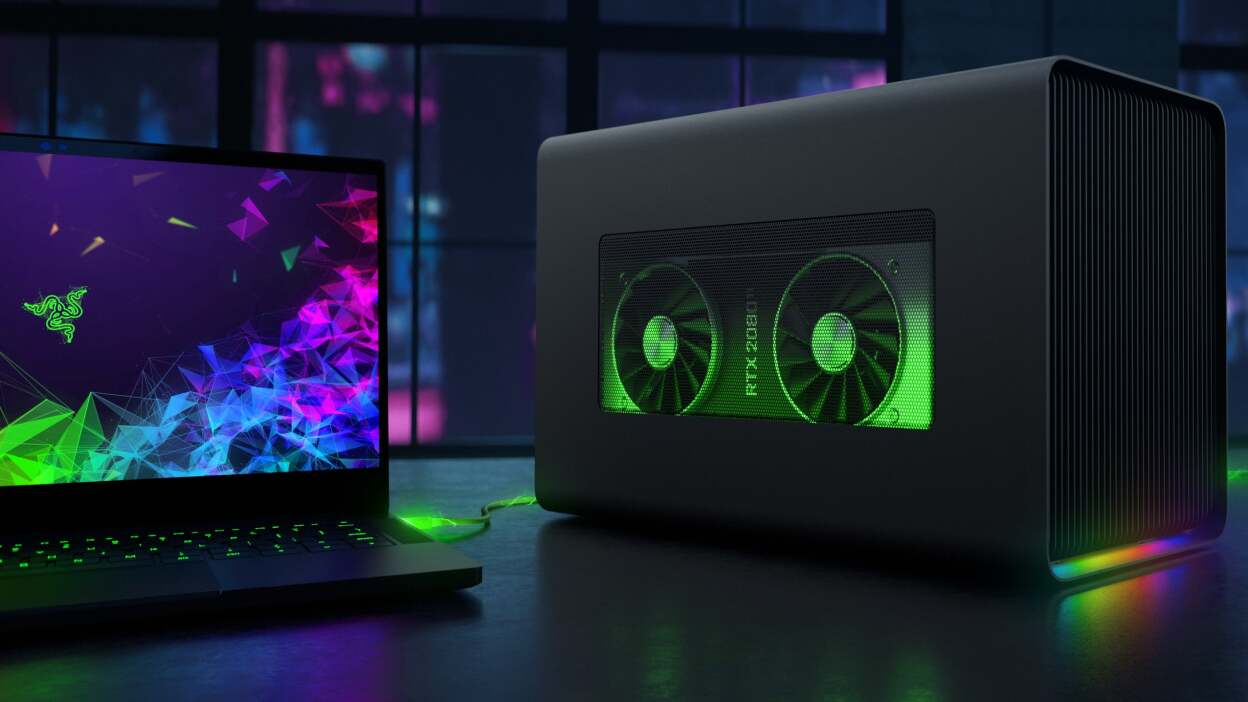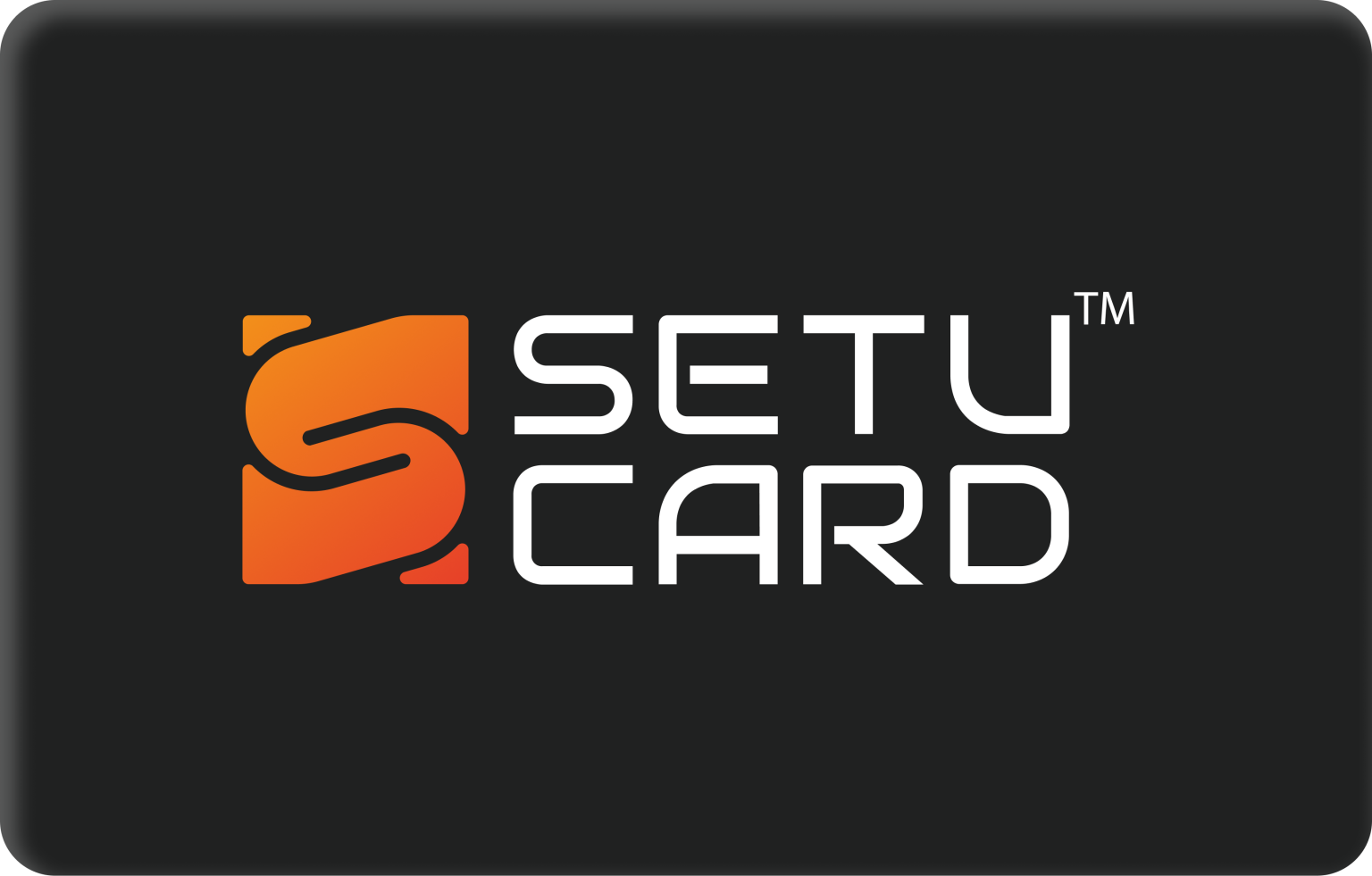In recent years, the demand for high-performance graphics for laptops has increased significantly. Many users, especially gamers and creative professionals, require powerful graphics processing units (GPUs) to handle intensive tasks such as gaming, video editing, 3D rendering, and more. However, most laptops come with integrated or low-power dedicated GPUs that may not meet these demands. This is where an eGPU for laptop comes into play.
An eGPU, short for External Graphics Processing Unit, is a device that allows you to connect a desktop-grade GPU to your laptop. By doing so, you can significantly boost your laptop’s graphics performance, enabling it to handle more demanding tasks with ease. In this blog, we will explore the benefits of using an eGPU with a laptop, how to choose the right eGPU for laptop, best practices for optimizing eGPU performance, common troubleshooting issues, real user experiences and reviews, future trends in eGPU for laptop, and frequently asked questions.
Benefits of Using eGPU for laptop
There are several compelling reasons to consider using an eGPU with your laptop:
1. Enhanced Graphics Performance
One of the primary benefits of using an eGPU is the significant improvement in graphics performance. This is especially beneficial for gamers who want to play high-end games at higher settings and frame rates, as well as for creative professionals who rely on GPU-intensive applications such as Adobe Creative Suite, AutoCAD, and more.
2. Versatility and Portability
With an eGPU, you can have the best of both worlds – a portable laptop for everyday use and a powerful GPU for when you need extra graphics horsepower. This versatility allows you to enjoy a lightweight and portable computing experience without sacrificing graphics performance.
3. Cost-Effectiveness
Instead of investing in a high-end gaming laptop or a workstation-class laptop with a powerful built-in GPU, you can use an eGPU to upgrade the graphics performance of your existing laptop. This can be a more cost-effective solution for users who already own a capable laptop but require better graphics performance for specific tasks.
4. Future-Proofing
As technology advances and new GPU models are released, you can easily upgrade your eGPU to keep up with the latest graphics advancements. This future-proofing capability can extend the lifespan of your laptop and ensure that it remains relevant for years to come.
How to Choose the Right eGPU for Laptop
When choosing an eGPU for your laptop, there are several factors to consider to ensure compatibility and optimal performance:
1. Connection Interface
Most eGPUs connect to laptops via Thunderbolt 3, which offers high-speed data transfer and power delivery. Ensure that your laptop has a Thunderbolt 3 port for seamless connectivity with the eGPU.
2. GPU Compatibility
Check the compatibility of the eGPU enclosure with the GPU you intend to use. Some eGPU enclosures may have size or power limitations that affect which GPUs are compatible.
3. Power Supply
Consider the power supply capacity of the eGPU enclosure to ensure it can adequately power the GPU and any additional peripherals connected to it.
4. Size and Portability
Depending on your usage scenario, consider the size and portability of the eGPU enclosure. Some users may prioritize a compact and lightweight design for easy transport, while others may prioritize cooling and expansion capabilities.
5. Price and Value
Evaluate the cost of the eGPU enclosure and consider the value it offers in terms of performance, features, and future upgradeability.
Best Practices for Optimizing eGPU Performance with Laptop
To optimize the performance of eGPU for laptop, consider the following best practices:
1. Keep Drivers Updated
Ensure that both your laptop’s GPU drivers and the eGPU’s GPU drivers are up to date to maintain compatibility and performance.
2. Properly Configure Applications
Some applications may require specific configurations to utilize the eGPU effectively. Check application settings or consult documentation for guidance on using an eGPU.
3. Monitor Temperature and Cooling
Proper cooling is essential for maintaining optimal performance and longevity of the eGPU and connected GPU. Consider additional cooling solutions if necessary.
4. Disconnect Safely
When disconnecting the eGPU from your laptop, follow proper procedures to avoid data loss or system errors.
Troubleshooting Common Issues When Using eGPU for Laptop
While using an eGPU with a laptop can greatly enhance graphics performance, there are some common issues that users may encounter:
1. Driver Compatibility
Ensure that both your laptop’s operating system and the eGPU’s GPU drivers are compatible and up to date to avoid compatibility issues.
2. Power Delivery
Some laptops may have limitations on power delivery through their Thunderbolt 3 ports, which can affect the performance of the eGPU. Check if your laptop supports adequate power delivery for the eGPU.
3. System Recognition
In some cases, laptops may not immediately recognize the connected eGPU. Troubleshoot connection issues and consult user forums or support resources for assistance.
Real User Experiences and Reviews of eGPU for Laptop
Many users have shared their experiences with using eGPUs with their laptops, highlighting both the benefits and challenges they have encountered. Some users have reported significant performance improvements in gaming, video editing, 3D rendering, and other GPU-intensive tasks. However, others have noted potential issues such as driver compatibility, system recognition, and power delivery limitations.
Future Trends and Developments in eGPU Technology for Laptops
As technology continues to advance, we can expect several future trends and developments in eGPU technology for laptops:
1. Improved Connectivity Standards
Future iterations of connectivity standards such as Thunderbolt may offer even higher data transfer rates and power delivery capabilities, further enhancing the potential of eGPUs.
2. Enhanced Integration
Manufacturers may develop more seamless integration between laptops and eGPUs, offering plug-and-play functionality and automatic GPU switching for enhanced user experience.
3. Compact Designs
We may see advancements in compact eGPU enclosures with improved cooling solutions and expansion capabilities while maintaining a portable form factor.
FAQs
Can any laptop use an eGPU?
Not all laptops are compatible with eGPUs. Laptops must have a Thunderbolt 3 port and support for external GPUs to use an eGPU effectively.
Can I use any GPU with an eGPU enclosure?
Most modern GPUs are compatible with eGPU enclosures, but it’s essential to check compatibility with specific enclosure models and power supply requirements.
Will using an eGPU void my laptop’s warranty?
It’s essential to review your laptop manufacturer’s warranty policy regarding the use of external hardware such as eGPUs.
Conclusion
An external GPU (eGPU) offers a compelling solution for enhancing the graphics performance of laptops, catering to the needs of gamers, creative professionals, and users with demanding graphical workloads. By choosing the right eGPU for laptop, optimizing its performance through best practices, addressing common troubleshooting issues, and considering real user experiences and future trends, you can make an informed decision about integrating an eGPU into your computing setup. As technology continues to evolve, we can anticipate further advancements in eGPU technology that will continue to bridge the gap between portable laptops and high-performance graphics capabilities.
Also, for those who are interested in further exploring eGPU for laptop or are considering making a purchase, explore Direct Macro for the best information and reasonable prices.




